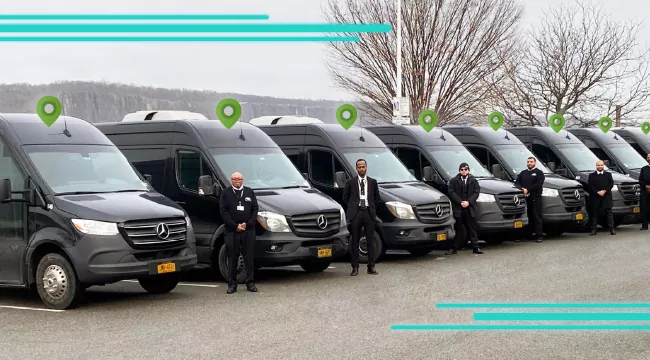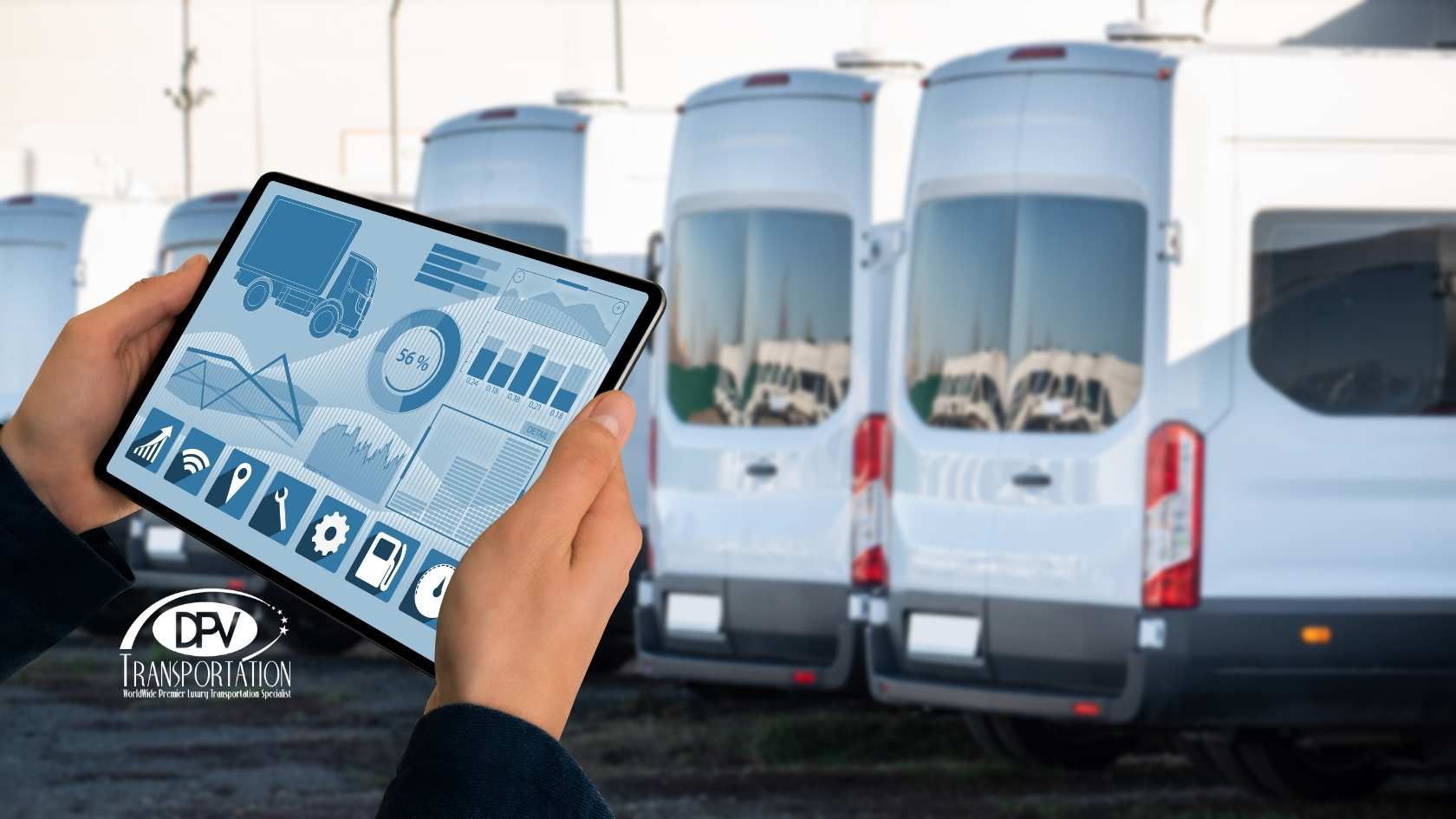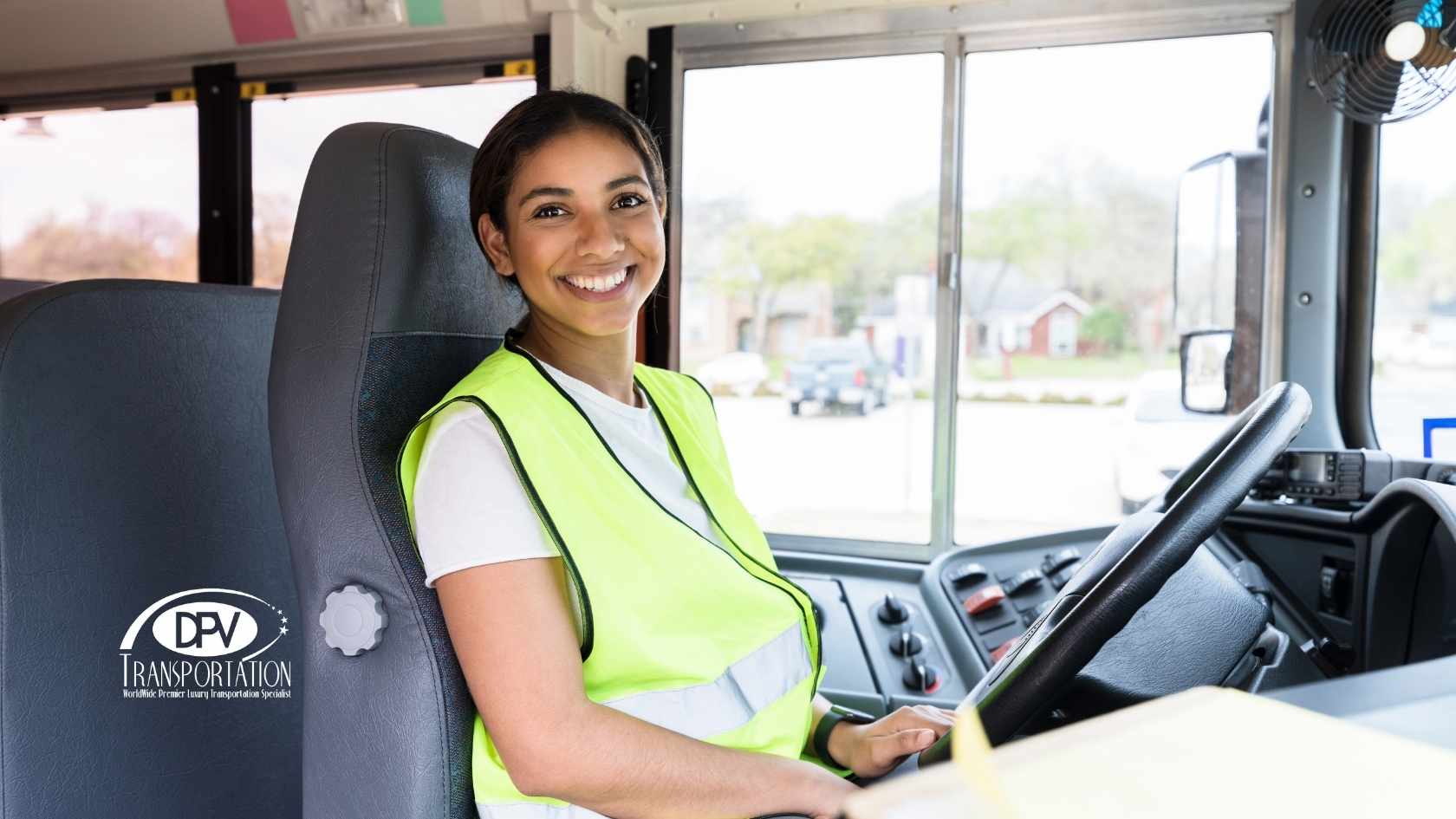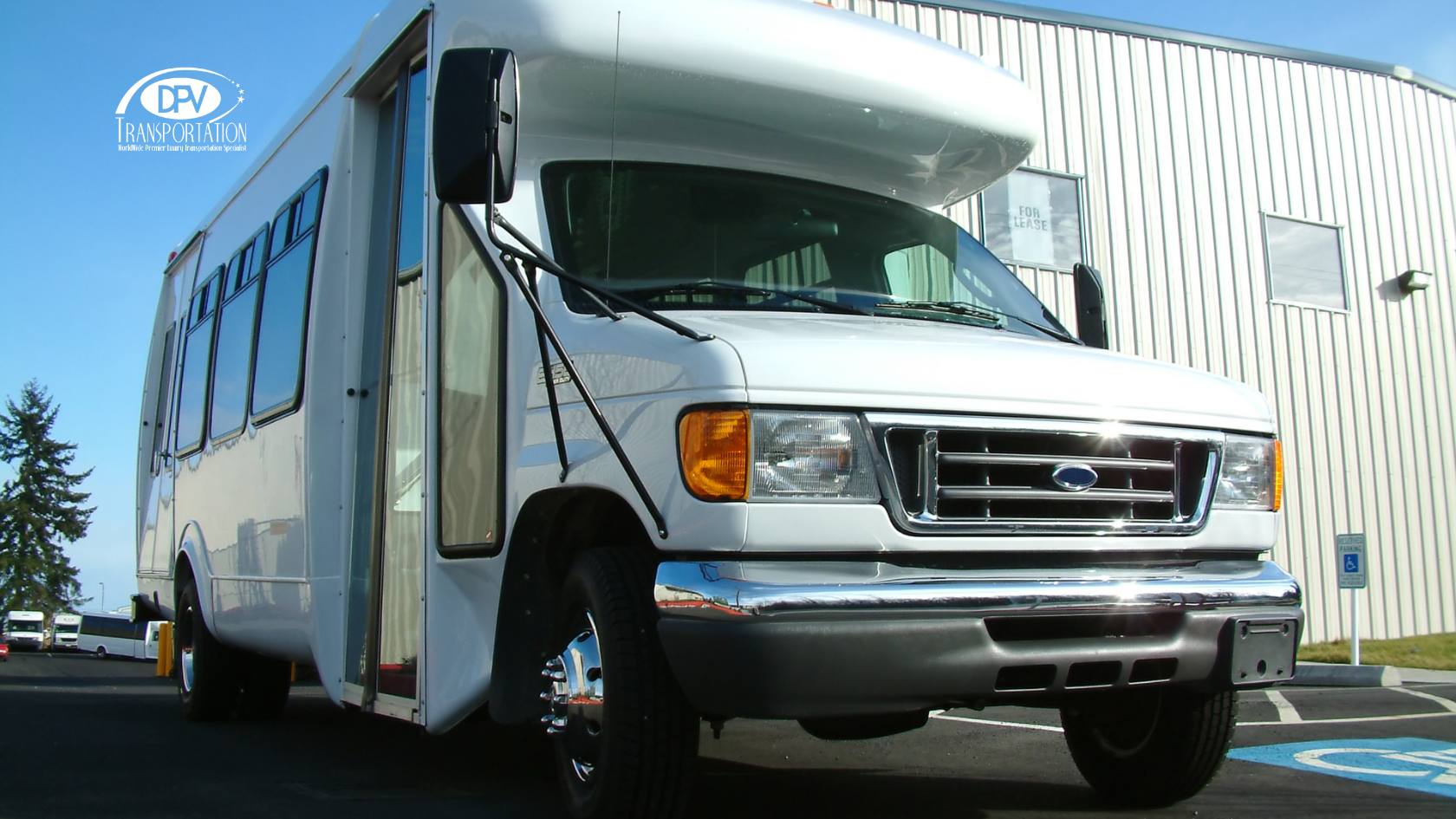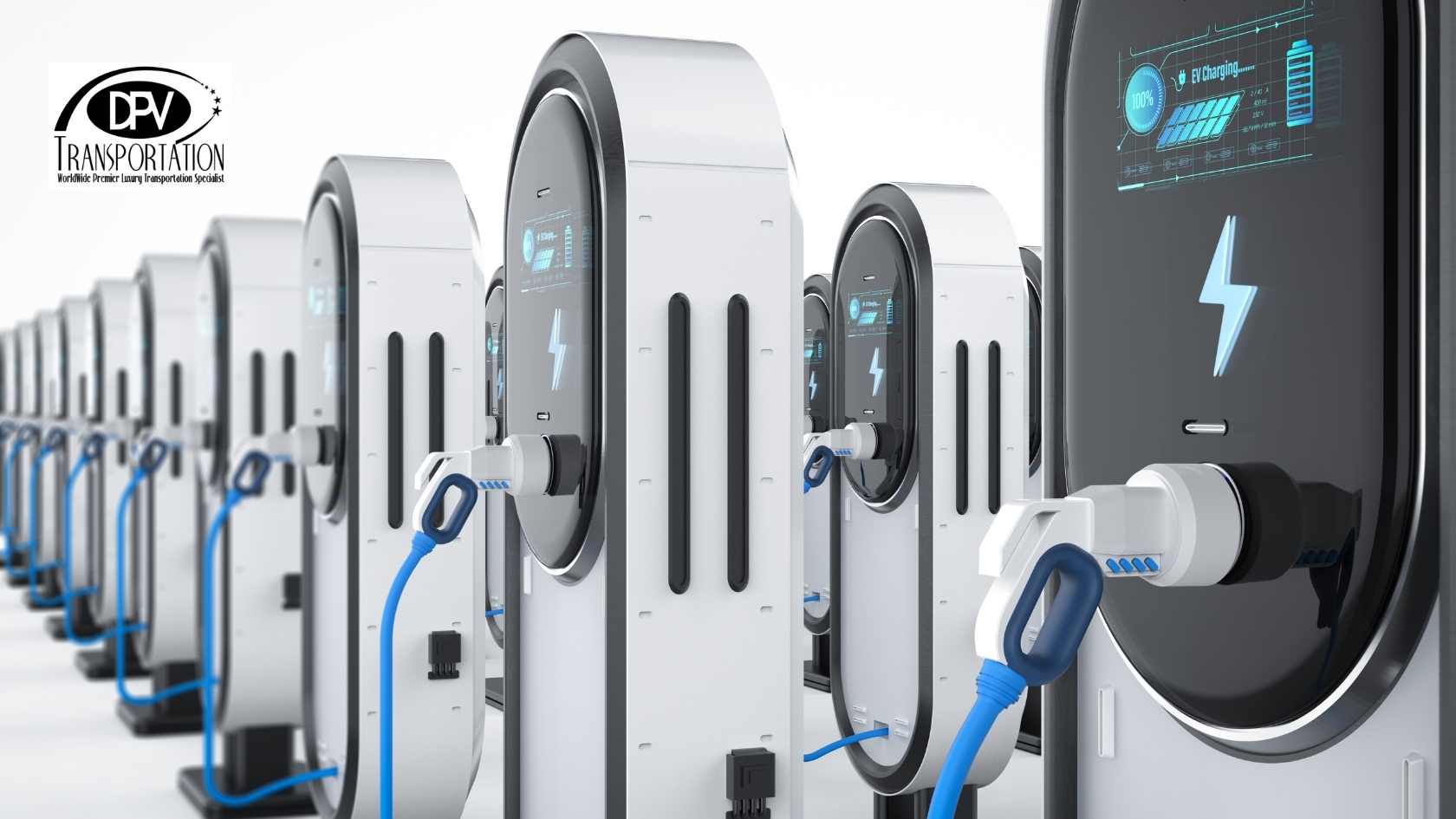How To Move Past COVID-19: Ground Transportation For The Next Normal
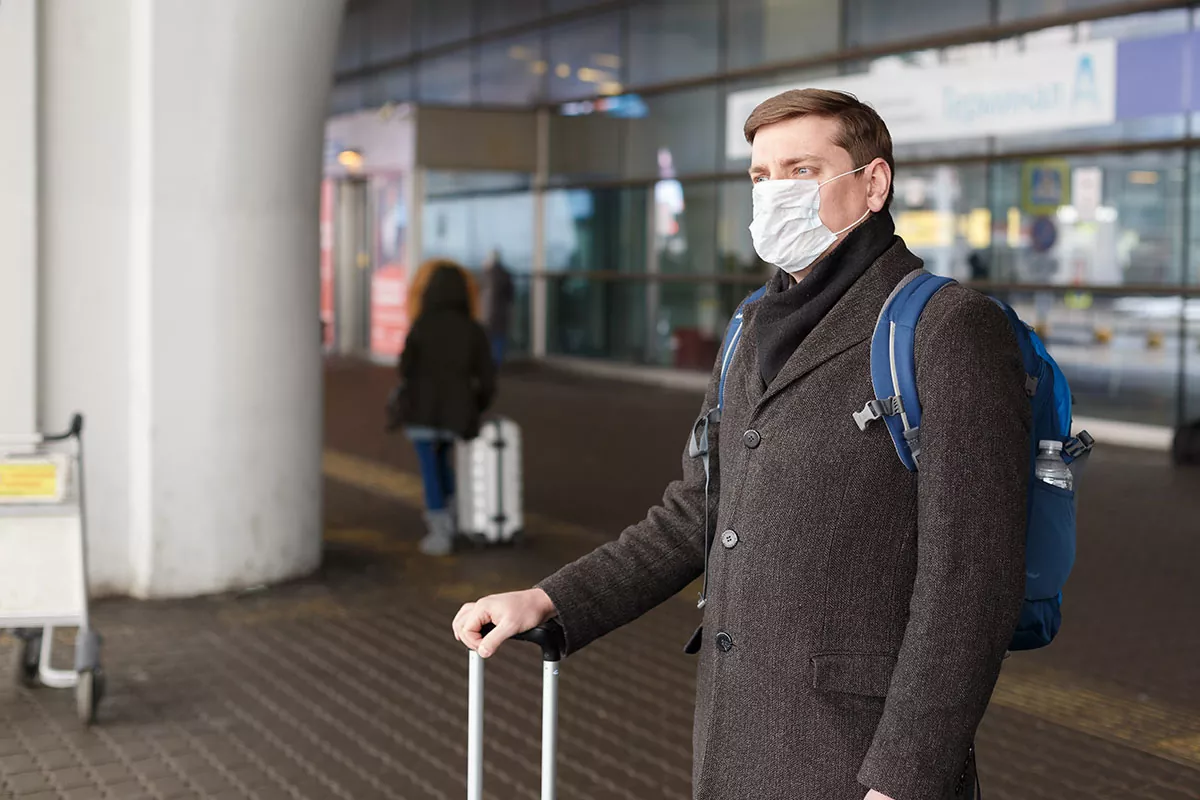
For the last year or so, “stay safe†has often meant “stay home.†Stay away from work. Stay out of school. Stay off the road. New York Public Transit ridership dropped by 95% in 2020, and this drop is not unique to the city, state, or country. The global health crisis majorly impacted all forms of transportation, private and public, all over the country and all over the world, but the world is always changing.
What it means to stay safe changes every day. Thankfully, today, many agree it is safe to take to the road, again. We have the understanding, the protective equipment, and the vaccine to move the economy and the world forward. And we need to do so. People require new opportunities for income, long for the chance of socialization, and demand a break from the craziness that we have come to accept as our new normal. However, the only way to move ahead is to get moving. Ground transportation is the connection between the new normal and the next normal—between stagnance and momentum—between where we’ve been trapped and where we’re heading.
With the right measures in place, the industry is ripe for a rapid recovery fueled by a population that’s eager to charge forward. Any transit authority, hospital, university, or organization that moves people from one place to another must prepare their systems for this next chapter of transportation.
COVID-19 Prevention Beyond Vaccinations
The arrival of the vaccine does not mean the departure of COVID-19. While the daily rates of new COVID-19 cases, hospitalizations, and deaths have dramatically decreased in the United States, the CDC and WHO still urge transportation organizations to continue to take full measures to prevent the spread of the disease. Beyond social responsibility, such measures stand to increase interest and better business due to positive public perception and increased comfortability. 10 measures that any transportation service can take include:
- Reduce your ridership capacity.
- Equip team members with PPE
- Request that riders wear masks
- Implement contactless systems
- Mark select seats to enforce social distancing
- Sanitize surfaces between rides
- Upgrade your vehicles with plexiglass dividers
- Institute a level of temperature checks
- Put COVID-19 contact tracing procedures in place
- Educate employees and riders on best health practices
Technologies such as rider identification tools and mobile transportation tracking applications can be utilized for contactless transactions, essential health updates, and COVID-19 contact tracing, as indicated in the 2021 Ground Transportations Innovations Report. For a more detailed example of how to optimize a ground transportation service with disease prevention measures, see DPV’s COVID-19 response.
The Safest Transportation is Private Transportation
We are rapidly approaching the light at the end of the tunnel, but we’re not there yet. Only a percentage of the population is vaccinated, comfortability is low, and COVID-19 is still a threat. As more people return to crowd public transportation systems, private transportation such as rideshare, private hire, and corporate shuttle services are considered to be among some of the safest options from a disease prevention standpoint. Transit authorities should consider how to adapt to the continuously unfolding situation, and organizations returning to in-person activity should consider arranging alternate forms of such transportation for their people. When considering a transportation provider, take into account:
- The priorities and needs of the individuals you are transporting
- The alignment between your budget and the cost of services
- The safety precautions the provider has in place
- The advanced tools and unique capabilities of the provider
- The responsibility and sustainability practices of the provider
For more details to consider when choosing between ground transportation providers, please review this informative blog post.
Lower COVID-19 Rates mean Higher Transportation Demands
As the negative statistics associated with the global health crisis decline (on a daily basis), the numbers of those returning to the road increase. The vaccine is likely to lead to a major increase in transportation use. While transportation organizations may have had to furlow or lay off personnel as a result of the global health crisis, recent positive developments have made cautious rehiring the recommended practice. Public and private ground transportation organizations are advised to prepare for a rise in use. Sensible preparation measures for transit services to take include:
- Utilize polls as well as your ridership insights for trends to predict the extent that your demand may rise.
- Hire additional full time or on-demand drivers to address increased demand, as needed based upon your findings.
- Rent additional overflow vehicles to account for any rise in ridership that your findings indicate.
- Check your tools and management systems to ensure that they are able to support the expected level of demand.
- Consult with specialists to determine the impact that the recent global health crisis may have upon your organization and your people’s ground transportation preferences.
For specific recommendations on how to prepare your particular organization’s transportation services for the next normal, schedule a complimentary audit with DPV’s specialists.
Conclusion: Move with the World
The world is in a rare state of limbo, and during this challenging transition period, transportation services must adapt to more than the global health crisis alone, they must also adapt to what comes next. Consider the impact of the COVID-19 vaccinations as well as COVID-19 itself. Continue to institute safety guidelines and utilize the safest possible transportation options, but prepare for a rise in transportation use and a swift return to normal, or rather a return to the next normal—a post-COVID-19 world, in which some have found new comfort in virtual work and remote activity, others still fear crowds and well as close contact, and many are all too eager to move forward—move back to work—move back to school—and move back to another normalcy. All they need is you to move them.
Connect with DPV Transportation for complementary personalized guidance on what your organization’s transportation services need to combat COVID-19 and thrive in the next normal.
